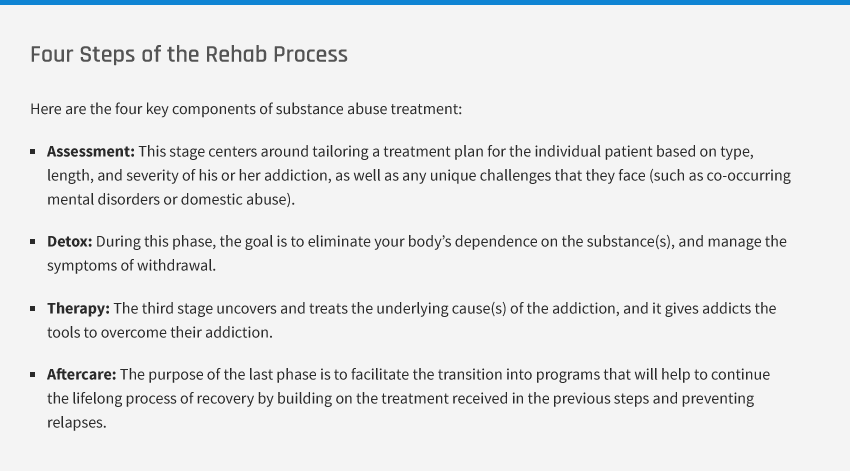Long-term recovery from clonidine dependence involves a short-term process known as the initial detoxification period. The initial detoxification period is when clonidine leaves the user’s body; therefore, this process can produce uncomfortable withdrawal effects. Clonidine has a half-life of 12 to 16 hours, which means about half of the substance is eliminated from the body within this timeframe. The detoxification process is usually completed within 48 to 72 hours, but it may take longer in chronic users and people with kidney disease and other conditions that cause impaired kidney function.
Some users continue to experience withdrawal symptoms even after the initial detoxification process is complete. When symptoms persist for more than two weeks, they are called post-acute withdrawal symptoms. In chronic users, post-acute symptoms may persist for up to one year; however, the length of time depends on how long the individual has been using clonidine, how much clonidine the individual was using each day, and other factors.
Clonidine Withdrawal Symptoms
Clonidine withdrawal can cause rebound hypertension, a serious increase in blood pressure.
In people with high blood pressure, stopping clonidine suddenly can cause a complication known as rebound hypertension. This is when an individual’s blood pressure increases significantly beyond his or her normal baseline. Rebound hypertension is serious, as it increases the risk of stroke, heart attack, and other complications.
Clonidine withdrawal can be dangerous for users with pre-existing heart conditions.
A group of researchers conducted a study to determine how clonidine withdrawal affects the body. They discovered that stopping clonidine suddenly can cause heart palpitations and abnormal heart rhythms, both of which increase the risk of serious complications. These withdrawal symptoms are especially dangerous for people who have pre-existing heart conditions, as they increase the risk for stroke, congestive heart failure, and other heart problems.
In some users, clonidine withdrawal may cause hallucinations.
Bestha and Madaan published a case report describing the care of a 53-year-old man who had been in an automobile accident. While recovering from the accident, the man started taking clonidine to treat the symptoms of posttraumatic stress syndrome. Although the clonidine was effective for treating PTSD and improving the quality of his sleep, the man started having auditory hallucinations. These hallucinations went away as soon as the man stopped taking clonidine.
Clonidine Detoxification Medications
The U.S. Food & Drug Administration has not approved any medications specifically for clonidine detoxification and withdrawal; however, medications may be given to ease withdrawal symptoms and make the detoxification process safer. For example, if an individual experiences a significant increase in blood pressure after discontinuing clonidine, other antihypertensive medications can be used to reduce blood pressure and reduce the risk of serious complications. Medications may also be given to control withdrawal symptoms such as headaches and nausea.
For more information about withdrawal, read our guide on clonidine addiction.


